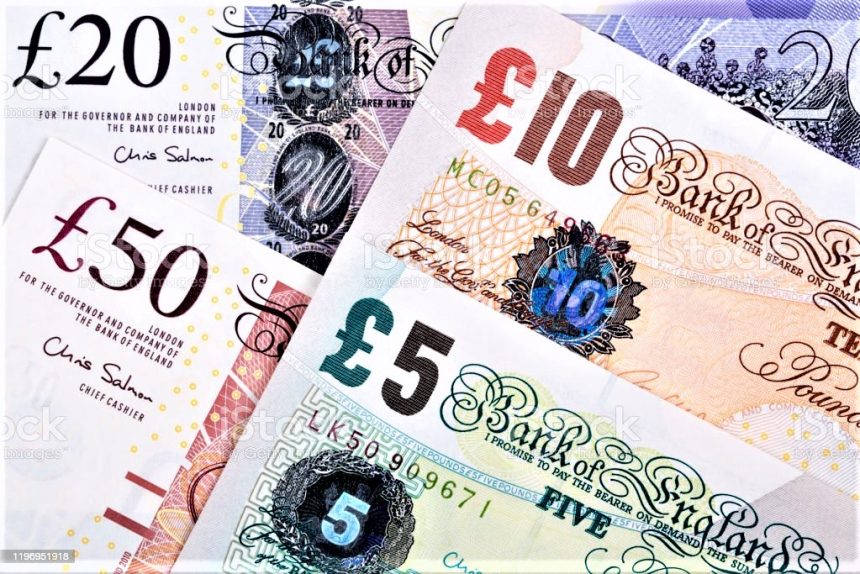Pound falls against the US dollar as bets on BoE rate cuts rise.
During Tuesday’s London session, the Pound Sterling (GBP) maintained its crucial support level of 1.2900 against the US Dollar (USD). The GBPUSD pair falls but remains within the tight range of 1.2900-1.2940 as the US Dollar’s (USD) recovery move, driven by growing speculation that Donald Trump will win the United States (US) presidential elections in November, appears to have stalled with a slew of economic data due this week.
The US dollar index (DXY) The Greenback’s value against six major currencies is hovering at 104.30.
Investors are awaiting preliminary US/UK S&P Global PMI data for July.
This week, investors will be looking at the US preliminary S&P Global Purchasing Managers Index (PMI) for July, Q2 Gross Domestic Product (GDP), and June Durable Goods Orders and Personal Consumption Expenditures Price Index (PCE). The economic data could provide new clues about when the United States Federal Reserve (Fed) will begin lowering interest rates this year.
Economists estimate the Manufacturing PMI, which is due for release on Wednesday, to have increased at a nominal rate to 51.7 from 51.6 in June. The Services PMI, a measure of service sector activity, expected to have expanded more slowly to 54.4 from 55.3 in the previous release.
Based on the CME FedWatch tool, The 30-day Federal Fund futures forecast the central bank beginning to cut its benchmark borrowing rates from their current levels at the September meeting. The Federal Reserve also anticipated to decrease interest rates again in November or December.
Daily Market movers: Pound Sterling underperforms its key counterparts.
The Pound Sterling falls versus its major peers, with the exception of the Australian Dollar (AUD) and the New Zealand Dollar (NZD), as anticipation grows that the Bank of England (BoE) would begin slashing key interest rates after the August meeting. Asia-Pacific currencies have taken a beating as a result of their close relationship with China’s economic outlook. Investors are concerned about the world’s second-largest country’s economic future, citing lower-than-expected Q2 Gross Domestic Product (GDP) growth.
The expectations of rising interest rates have reduced people’s disposable income, the pressure on the BoE to return to policy normalization has grown.
Weak UK retail sales boost betting on BoE rate cuts in August.
According to the most current UK Retail Sales data for June, receipts at retail stores fell unexpectedly by 0.2% year on year, despite expectations that they would grow at a similar rate. Monthly retail sales fell by 1.2%, quicker than projected.
Meanwhile, predicted decline in Average Earnings, a crucial metric of pay growth momentum that drives inflation in the service sector, has bolstered expectations for BoE rate cuts. Though wage growth slowed as expected in the three months ending in May, it remains greater than what is needed to boost officials’ confidence in rate decreases.
Moving ahead, the main trigger for the Pound Sterling will be the UK’s preliminary S&P Global/CIPS PMI data for July, which will be released on Wednesday. The report expected to reveal that the Manufacturing PMI increased at a quicker rate of 51.1 than the previous release of 50.9. The composite PMI expected to risen to 52.6 from 52.3 in May.









